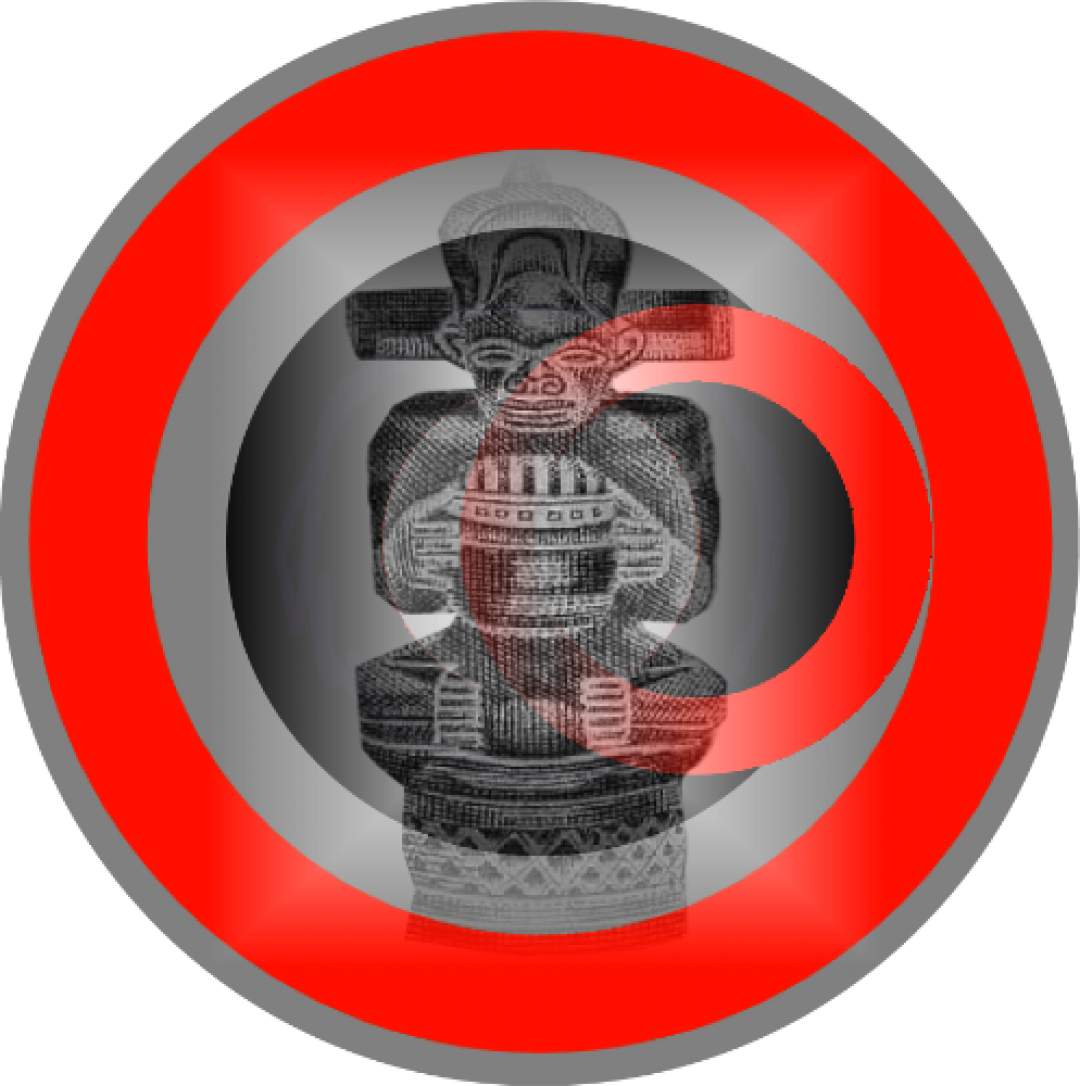 The so called Shonas (named by the Ndebeles) are a mixture of the Ndaus, Karangas, Korekore(kwerekwere). These people migrated to Zimbabwe from Tanzania (Tanganyika) as the Bantu. They split into many groups , some live in SA, Mozambique and Zimbabwe eg the Shangaan people. The Shangaan are a mixture of Nguni language group which includes Swazi, Zulu and Xhosa, and Tsonga speakers (Ronga, Ndzawu, Shona, Chopi tribes).
The so called Shonas (named by the Ndebeles) are a mixture of the Ndaus, Karangas, Korekore(kwerekwere). These people migrated to Zimbabwe from Tanzania (Tanganyika) as the Bantu. They split into many groups , some live in SA, Mozambique and Zimbabwe eg the Shangaan people. The Shangaan are a mixture of Nguni language group which includes Swazi, Zulu and Xhosa, and Tsonga speakers (Ronga, Ndzawu, Shona, Chopi tribes).

about Shangaan Dance
In the Shangaan tradition, the storyteller is the grandmother or elder woman of the family who is the respected transmitter of the old stories. The old woman, called Garingani, or narrator, begins her storytelling by saying “Garingani, n’wana wa Garingani!” – “I am Narrator, daughter of Narrator!” after which the crowd cheers “Garingani”. The crowd chants her name after each line of the story.
With a love for music, the Shangaan people have developed a number of musical instruments. The ‘fayi’ – a small, stubby wooden flute that produces a breathless, raspy, but haunting sound, and is often played by young herd boys. The ‘xitende’, is a long thin bow tied on each end by a taut leather thong or wire – which runs across a gourd. This was often used to alleviate boredom on long journeys.
The Shangaan is well known for their mine dances, carried out to the beat of drums and horns and wide variety of musical instruments such as the mbira. Shangaan male dancers performed the muchongolo dance, which celebrated the role of women in society, war victories and ritual ceremonies.
see also previous post Shangaan mine dances at the Witwatersrandmines
about Makishi Dance
As with most African customs, song and dance is crucial to their ceremonies. The makishi are shrouded in secrecy and it is taboo to ask who hides behind the mask. The makishi are spirits that represent the ancestors and they command the utmost respect. The makishi normally appear during the mukanda (circumcision ceremony), then return to their graves immediately afterwards. Their appearance creates an eerie but fascinating atmosphere.

Makishi dancers have intrigued and intimidated audiences for centuries. The Makishi attach themselves to the world of spirits and demons and, while dancing, lose their personal identity, becoming the character they portray. The Shangaan, by contrast, are fighters and hunters, boasting of their bravery and strength in vigorous authentic group dancing, stamping their feet on bare earth, raising the dust and rushing at the audience in mock-attacks.
See video Makishi & other dances
A selection of different dances from the Shangaan, Makishi and Nyau tribes.
Musical selections taken from the EP ‘Shangaan Musa’ Gallo FP1 Johannesburg, South Africa.
Pics by Falls Promotion, Victoria Falls, Zimbabwe.
Content taken from various sources including the linernotes.





















